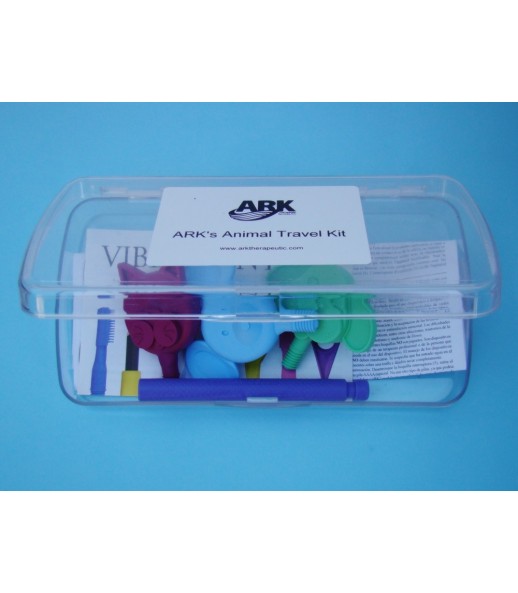
6–12 The effectiveness of CGM can be synergistic with the benefits associated with insulin pumps. 6–12 Benefit is directly proportional to frequency of use. Numerous studies have demonstrated clinical benefits in multiple patient populations-pediatrics, adolescents, and adults, type 1 and type 2-with various levels of glycemic control at baseline.
#Animas z vibe software
Size, weight, complexity, and cost of CGM sensors/devices have decreased, whereas the duration of use, specificity, user-friendliness, user interface and displays, data management, and software for data analysis have improved.

1 Today, overall measurement error has been reduced by twofold (☑0%), 2–5 and accuracy continues to improve. W hen continuous glucose monitoring (CGM) first became commercially available in the year 2000 its measurement error was more than ☒0%. Use of CGM in conjunction with an insulin pump with automated suspension of insulin infusion in response to actual observed or predicted hypoglycemia, as well as progressive refinement of closed-loop systems, is expected to dramatically enhance the clinical utility and utilization of CGM. Ongoing advances in technology and clinical research have addressed several of these barriers.
#Animas z vibe professional
Barriers to use have included the following: (1) lack of Food and Drug Administration approval, to date, for insulin dosing (“nonadjuvant use”) in the United States and for use in hospital and intensive care unit settings (2) cost and variable reimbursement (3) need for recalibrations (4) periodic replacement of sensors (5) day-to-day variability in glycemic patterns, which can limit the predictability of findings based on retrospective, masked “professional” use (6) time, implicit costs, and inconvenience for uploading of data for retrospective analysis (7) lack of fair and reasonable reimbursement for physician time (8) inexperience and lack of training of physicians and other healthcare professionals regarding interpretation of CGM results (9) lack of standardization of software methods for analysis of CGM data and (10) need for professional medical organizations to develop and disseminate additional clinical practice guidelines regarding the role of CGM. Surprisingly, despite tremendous advances, utilization of CGM has remained fairly limited to date. CGM is medically indicated for patients with frequent, severe, or nocturnal hypoglycemia, especially in the presence of hypoglycemia unawareness.

CGM can inform, educate, motivate, and alert people with diabetes.

Progressively more accurate and precise, reasonably unobtrusive, small, comfortable, user-friendly devices connect to the Internet to share information and are sine qua non for a closed-loop artificial pancreas. Continuous glucose monitoring (CGM) provides information unattainable by intermittent capillary blood glucose, including instantaneous real-time display of glucose level and rate of change of glucose, alerts and alarms for actual or impending hypo- and hyperglycemia, “24/7” coverage, and the ability to characterize glycemic variability.


 0 kommentar(er)
0 kommentar(er)
